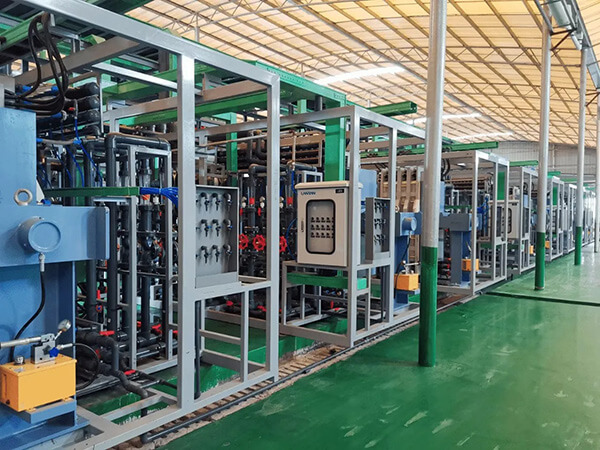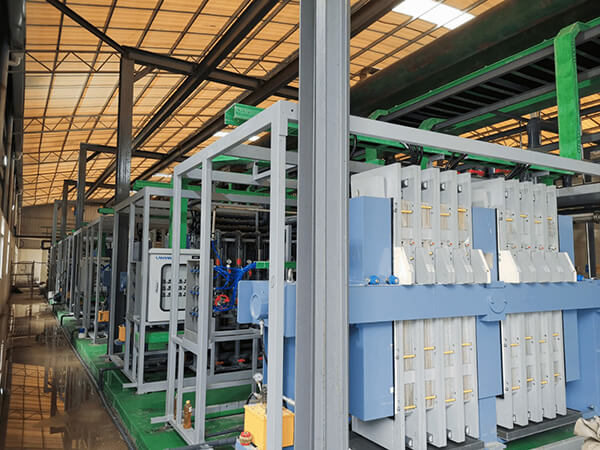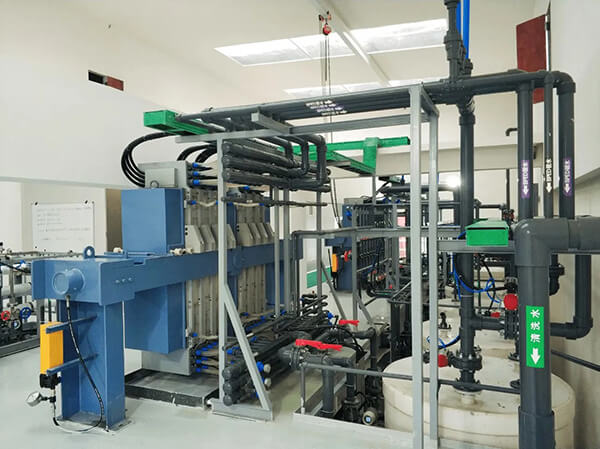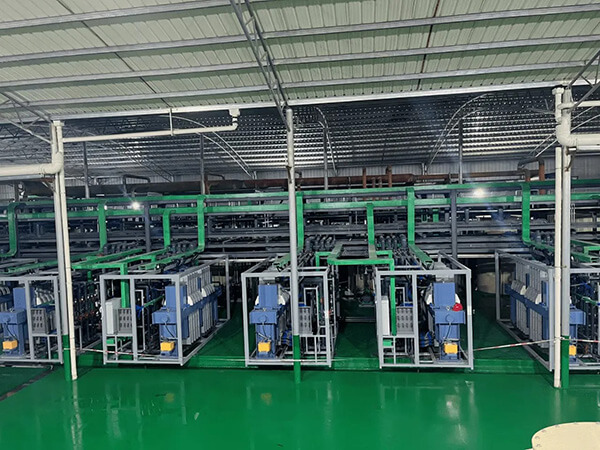Lithium Hydroxide Production

Lithium Hydroxide Production
Traditional lithium hydroxide production: Uses methods like causticization with lithium sulfate or carbonate and additives.
Challenges: High energy consumption, significant salt by-product generation, and limited quality improvement.
Bipolar membrane electrodialysis technology: Enables one-step lithium hydroxide solution conversion without alkali additives.
Advantages: Facilitates clean production with quality control and acid-base recycling, reducing costs.
What Lanran Offers
Lanran specializes in producing lithium hydroxide from various source materials like lithium carbonate, lithium chloride, and lithium sulfate.
Our products meet the requirements of battery grade lithium hydroxide and even electronic grade specifications.
In contrast to traditional causticization methods, the bipolar membrane approach offers simplicity and lower costs. It also eliminates the production of any by-products, thereby promoting cleaner production and delivering added value to enterprises.


Typical Project - Production of lithium hydroxide from lithium sulfate (2018)
Technique: Bipolar membrane electrodialysis. Production of lithium hydroxide from lithium sulfate.
Production scale: LiOH·H2O, 700t/y
Effluent: LiOH·H2O, 126g/L,
Typical Project - Production of 10,000 tons of lithium hydroxide per year
Technique :Bipolar membrane electrodialysis
Project details: The lithium hydroxide production project involves the technological renovation of existing engineering equipment for lithium sulfate conversion, with an annual output capacity of 10,000 tons


